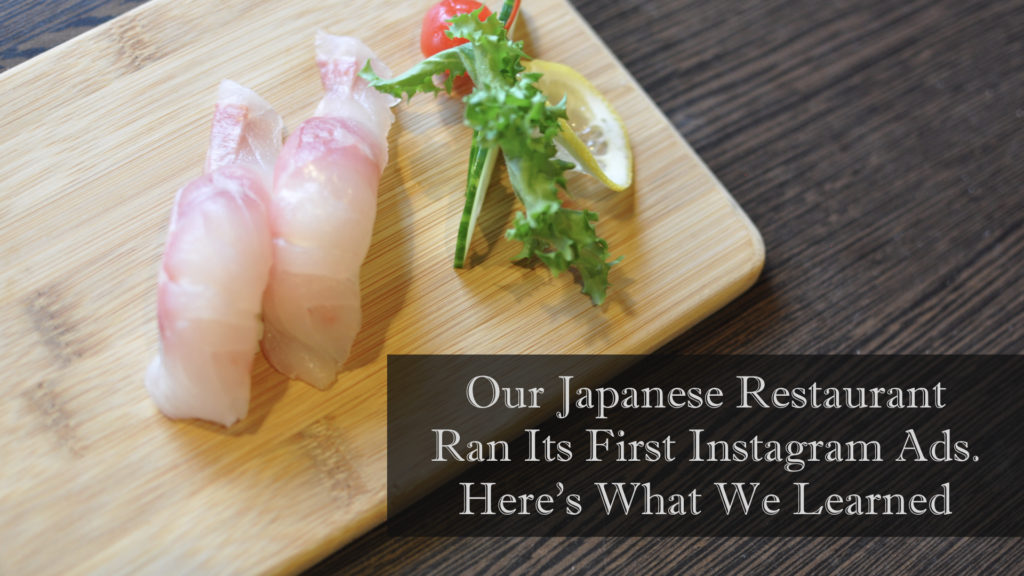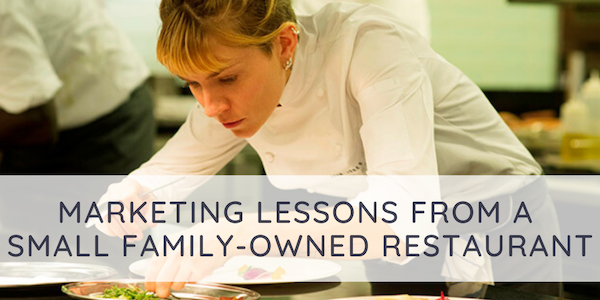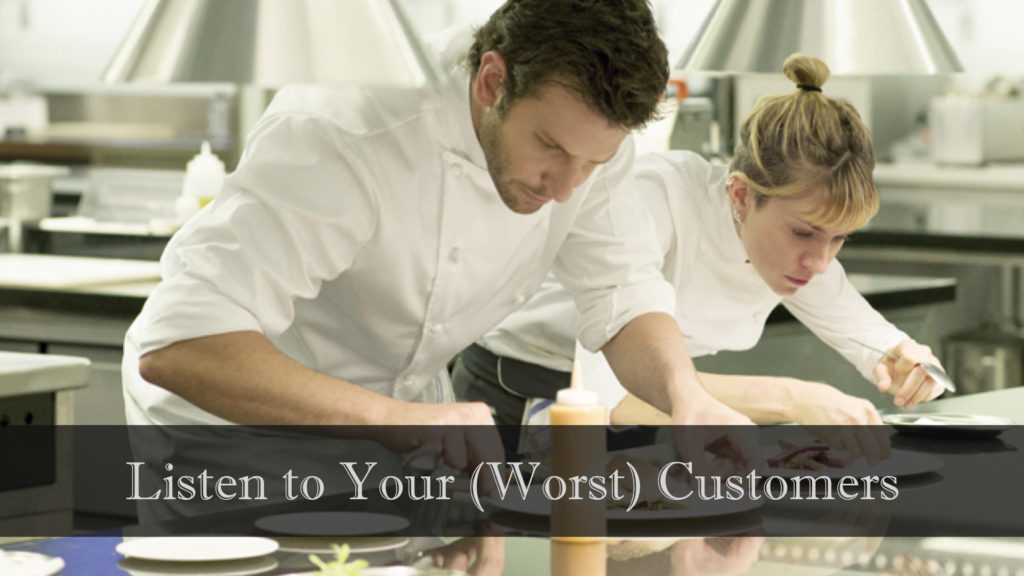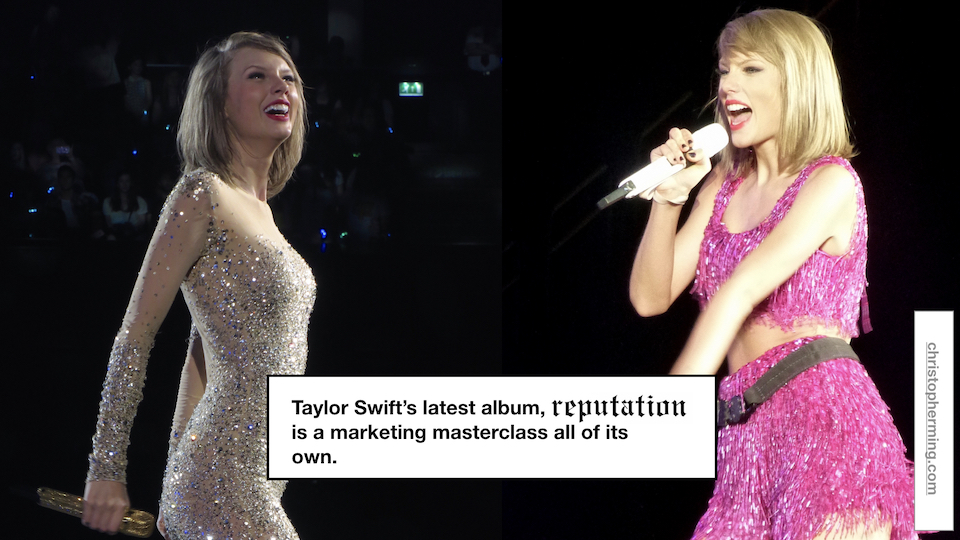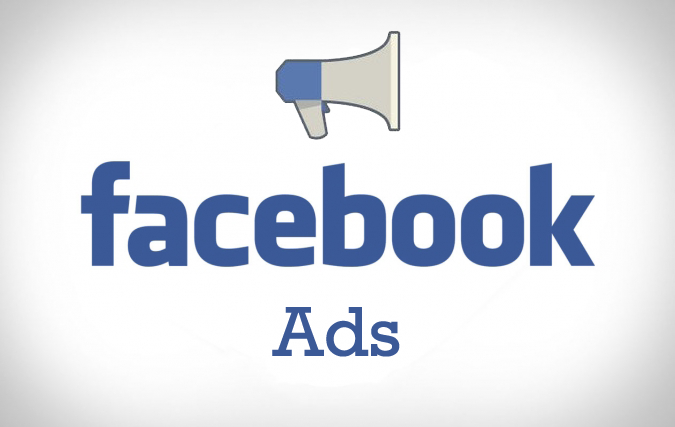Last updated on May 28th, 2018 at 03:09 pm
The first time I visited Times Square in New York City, I spent the entire day enthralled by the city’s lights and 30 foot billboards.
Today, it’s just another stop on the subway where I have to dodge tourists and selfie sticks to get where I’m going.
This is exactly how I feel about the wave of online courses popping up on my Facebook and Instagram feed this past year. I’ve been playing in the online course sandbox for the last 3 years. 90% of the time, I scroll right past these ads — they’re basically invisible.
So, when I do SEE one… And it gets me to read… And to watch the video… And sign up for the webinar… I spend the time to think about WHY.
In a sea of ads that all fade away like elevator music, why did THIS one stick out to me?
Here’s the advertisement that popped up in my Facebook feed, from Wilco de Kreij.
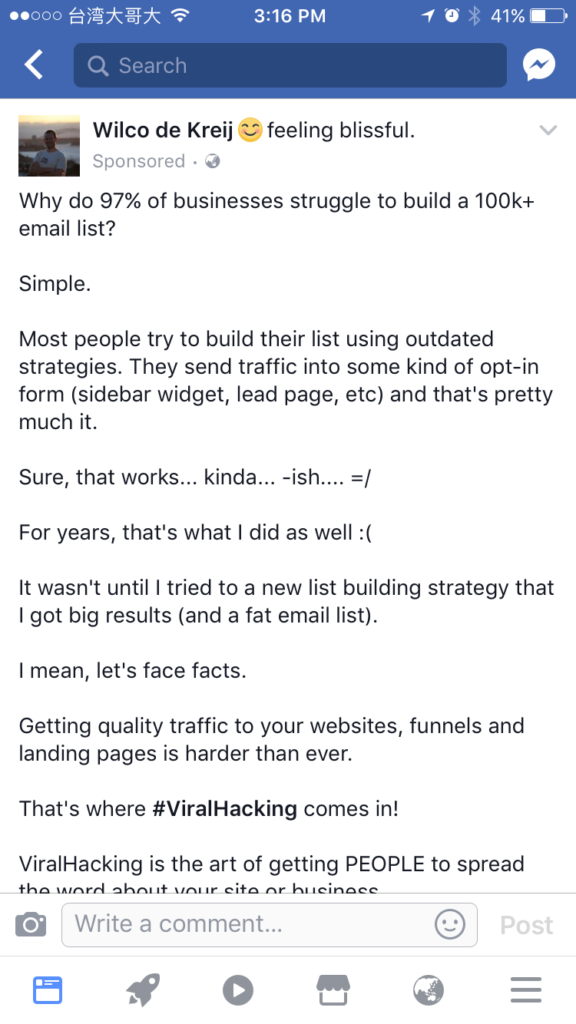
Here’s my mental journey that got me to read, watch, and sign-up:
He nailed the pain point.
The ad started strong, hitting the pain of what it takes to build a list… and the idea that there has to be a better way (other than more opt-in widgets).
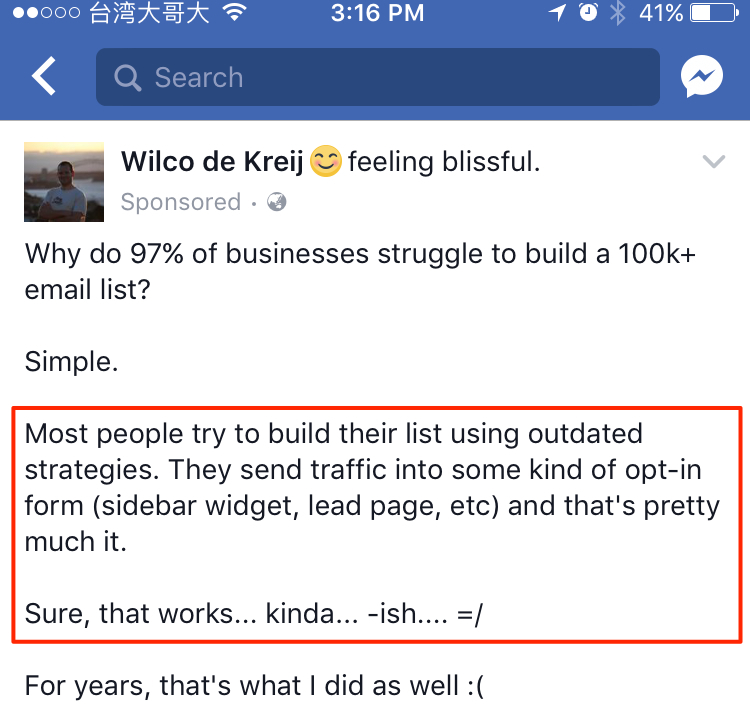
Positioning of the solution.
The solution is positioned as something new that I haven’t tried yet.
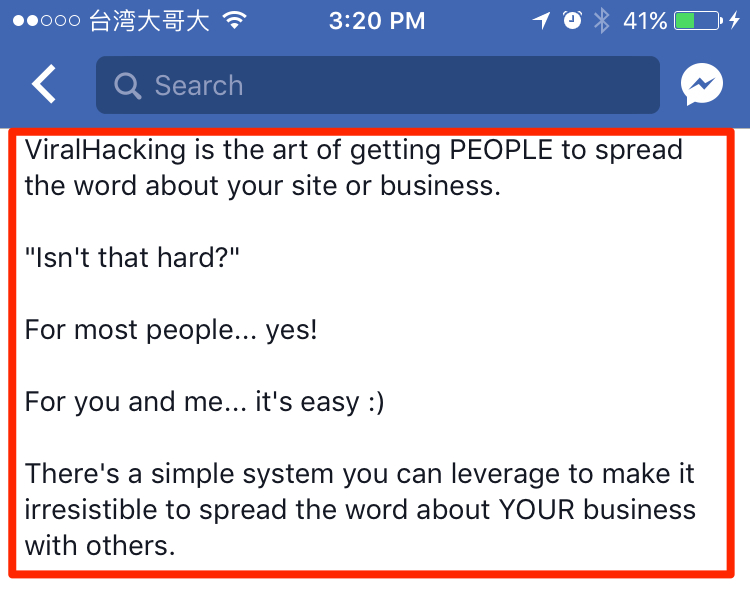
Overcame a “silent objection.”
A silent objection is one I feel in my gut… but can’t quite put into words.
(For example, ever meet someone who for all intensive purposes seems nice, but you don’t trust? That’s your mind’s pattern recognition at work, silently objecting.)
The copy, “without relying on existing traffic sources or spending a dime on advertising traffic” addressed that silent objection… And got me to click on the video.
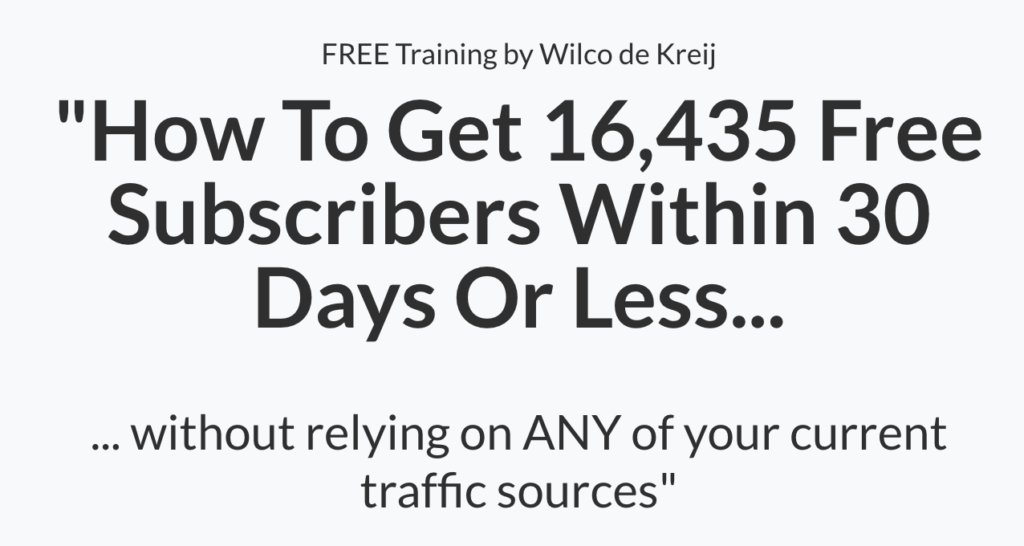
A video pitch that felt REAL.
I was impressed by the video, not because it was beautifully shot or because of the polished delivery. In fact, it was the opposite. Wilco stuttered. He didn’t maintain eye contact. He felt a little awkward on video.
I loved it. I never felt like I was being sold to by a pro. It was the difference between buying a used car from a loud salesman in a poor fitting suit, and buying at a Mercedes-Benz dealership.
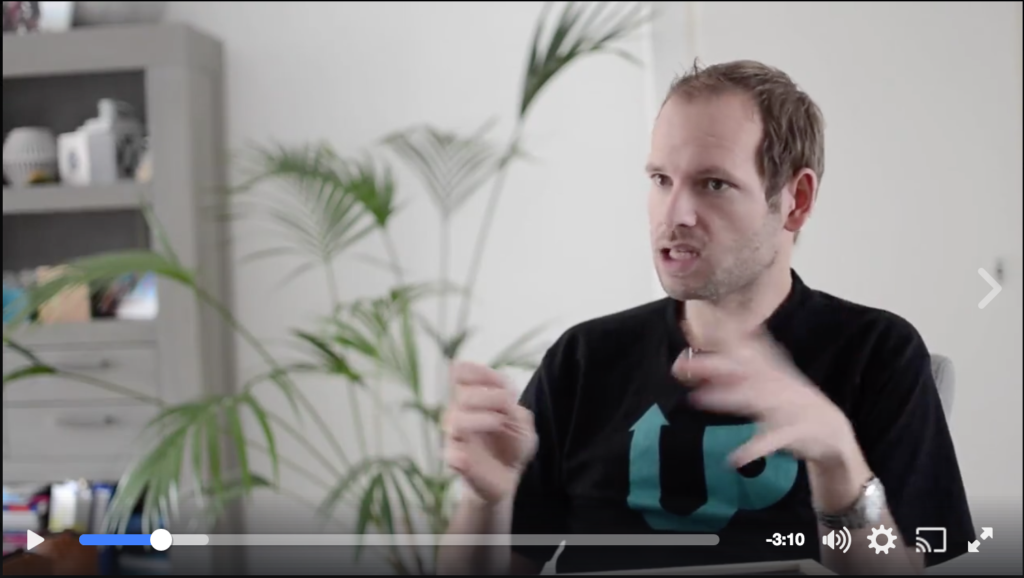
Was the ad perfect?
Definitely not. For example, the moment he shed even a tiny bit of detail on the “system,” alarm bells went off in my head.
I had another silent objection (“so I’m just asking people to share content? I don’t want to do that…”) and that objection was left unanswered.
And ultimately I didn’t convert. In other words, I signed up for the webinar, briefly watched the replay, but didn’t finish and didn’t buy. “Building a list” was too far away from my real desire of “make money” and “social influence”, and Wilco didn’t do enough to bridge the two in my mind.
So I didn’t feel like I HAD to add this to my calendar and move things around in my schedule to attend this webinar. But the ad did get me to click, so that part of the funnel was successful.
